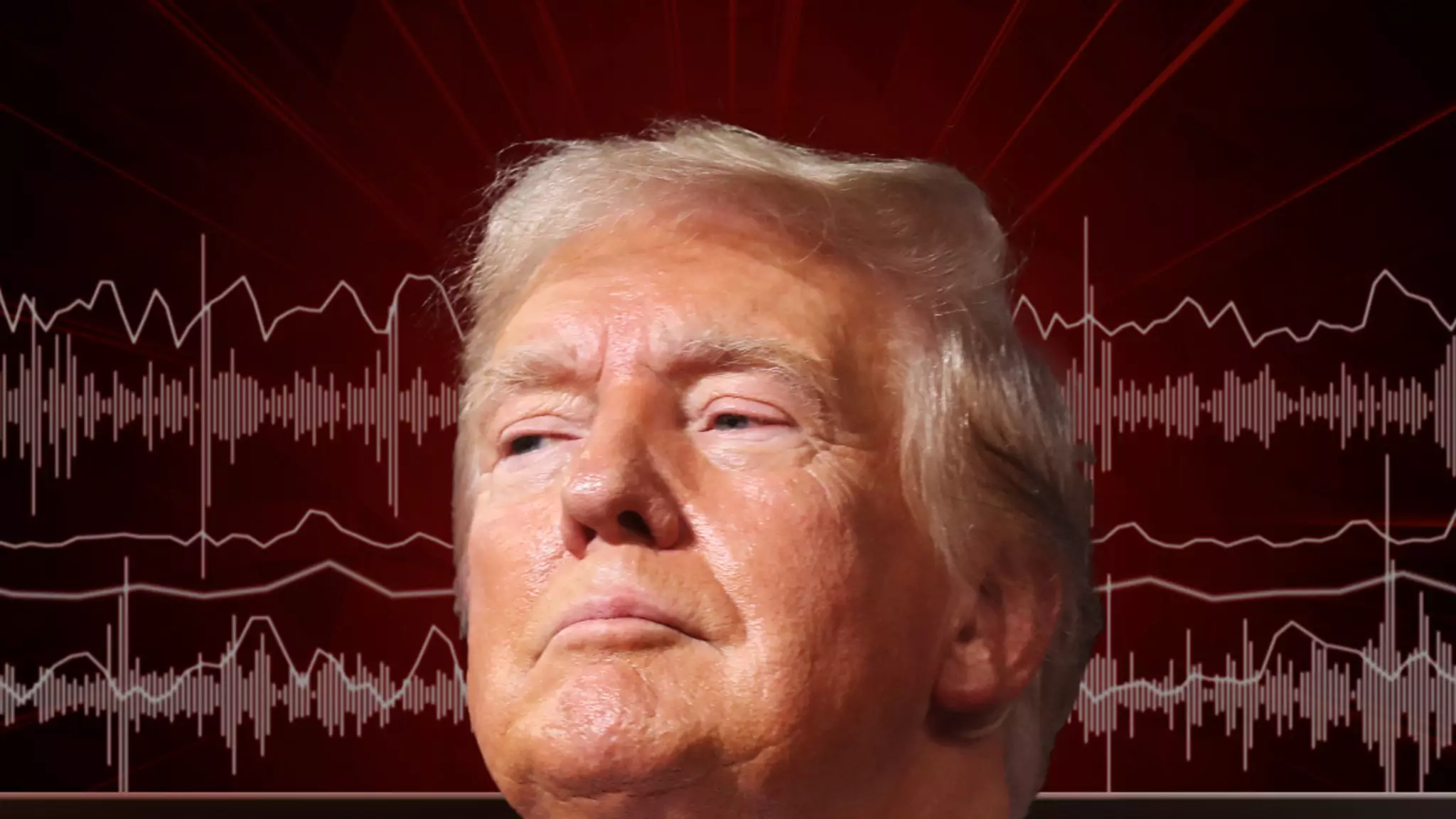The security of public figures has increasingly become a matter of concern, particularly amid the evolving political landscape. Recent events surrounding former President Donald Trump highlight the complexities and dangers facing high-profile individuals today. The merging of technology, vigilant citizens, and law enforcement response paints a detailed picture of how threats are being navigated, yet it also raises questions about the systemic vulnerabilities that remain.
On a seemingly routine Sunday, a series of alarming events revealed the lurking dangers that public figures face in their day-to-day lives. While golfing at his club in West Palm Beach, Trump was unexpectedly at the center of a foiled assassination attempt. This attempt involved a man, later identified as Ryan Wesley Routh, who had been covertly positioned at a distance, allegedly armed and with a clearly malicious intent.
The act of Routh setting up what resembled a makeshift sniper’s nest highlights an alarming trend—threats can come from those who blend into the background, ready to strike when least expected. The local authorities were alerted to his presence when a witness noted a rifle protruding from a bush, demonstrating how critical civilian involvement is in ensuring safety.
During the incident, a female witness observed Routh’s movements and took decisive action, documenting crucial details like his vehicle and license plate. Trump’s appreciation for her efforts underscores a significant point: while security details are imperative, the role of astute civilians cannot be overlooked. This unexpected collaboration between citizens and authorities can lead to swift responses that potentially avert disasters.
As Trump commented, “How many people would have the brainpower to follow him to the back of his truck?” This rhetorical question not only acknowledges the courage and intuition of the witness but also spotlights a societal challenge. The narrative indicates that witnessing a crime and reacting appropriately requires a mixture of awareness, decisiveness, and moral responsibility, traits that not everyone possesses in high-stress situations.
The discovery of Routh’s loaded SKS-style rifle, alongside other evidence, paints a picture of premeditated malice. What followed was a swift police response, leading to Routh’s surrender. His calm demeanor when confronted raises questions about his state of mind and intentions. Did he expect his actions to culminate in a smooth escape, or did he underestimate the efficiency of law enforcement’s reaction?
In the courtroom, Routh’s future hangs in the balance. Charged with serious felonies, including possession of a firearm as a convicted felon and with an obliterated serial number, his situation serves as a stark reminder of the legal ramifications of such actions. The system must respond not just to the act itself but to the underlying issues of accessibility to firearms and the implications of mental health.
This incident is not unique to Trump; public figures across the globe have increasingly been facing threats. A notable parallel event occurred in July when a separate assassination attempt on Trump led to the death of Thomas Matthew Crooks, a stark reminder of the potential for violence that surrounds political events. The role of the Secret Service has come under scrutiny, especially in light of these increased threats that are seemingly escalating.
The response to these threats must not only involve immediate action during events but also a proactive strategy to understand the motivations behind such actions. Mental health assessments, stricter gun control measures, and public awareness campaigns could be potential steps forward to mitigate the risks associated with public appearances.
As citizens, there is a collective responsibility to ensure the safety of those in the public eye. This means encouraging vigilance, promoting mental health awareness, and revisiting firearm policies that govern access in the face of rising threats. By fostering an environment where appropriate action is celebrated and recognized, society can take significant strides towards ensuring safety for all. What unfolds from incidents like these is not just a concern for a single individual but a call to action for all citizens to prioritize and protect the fabric of our democratic society.

Leave a Reply